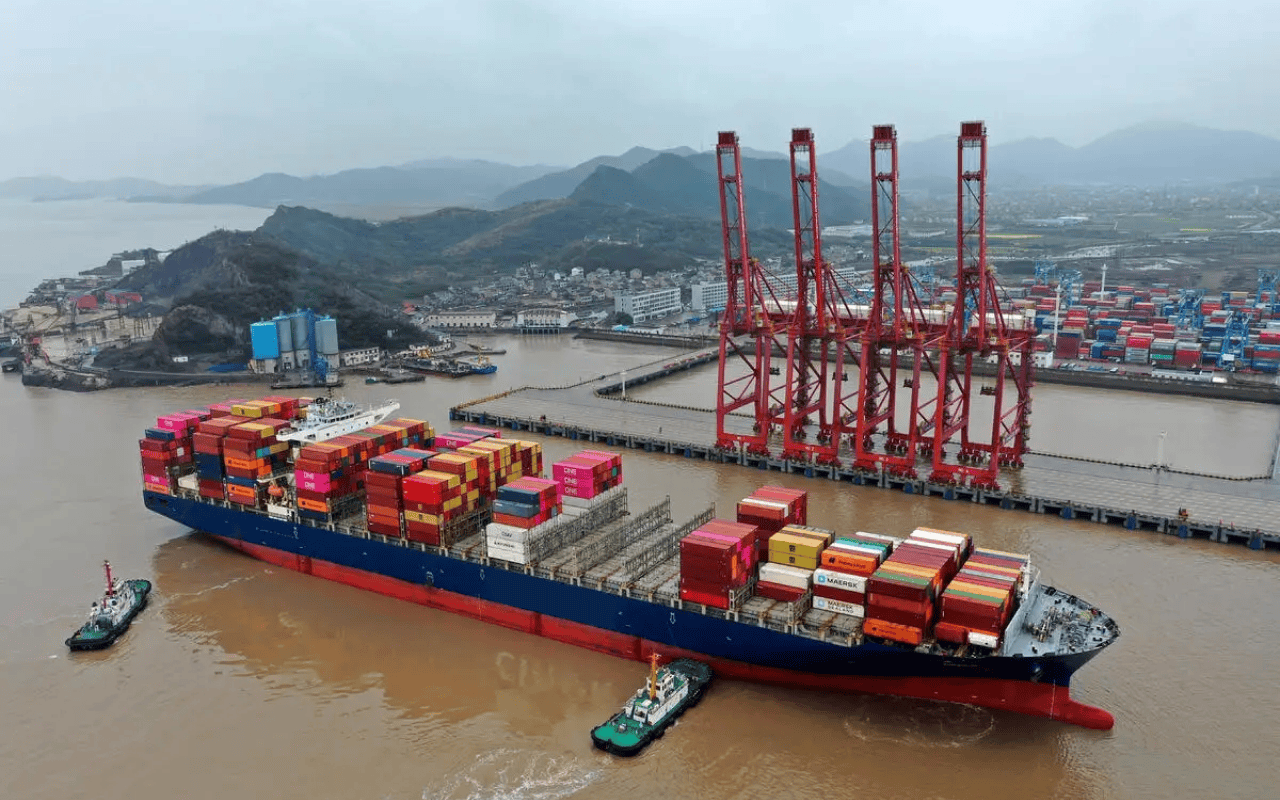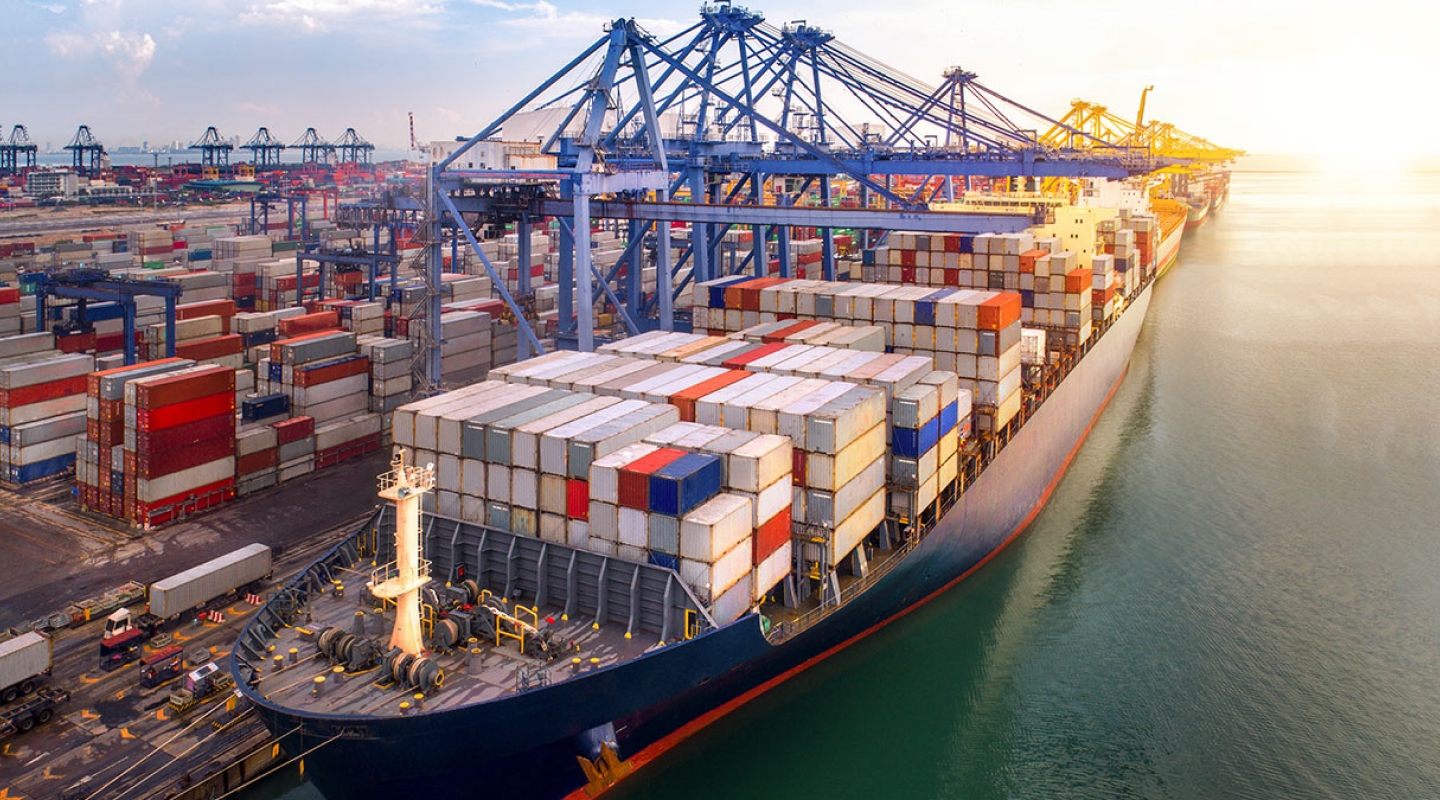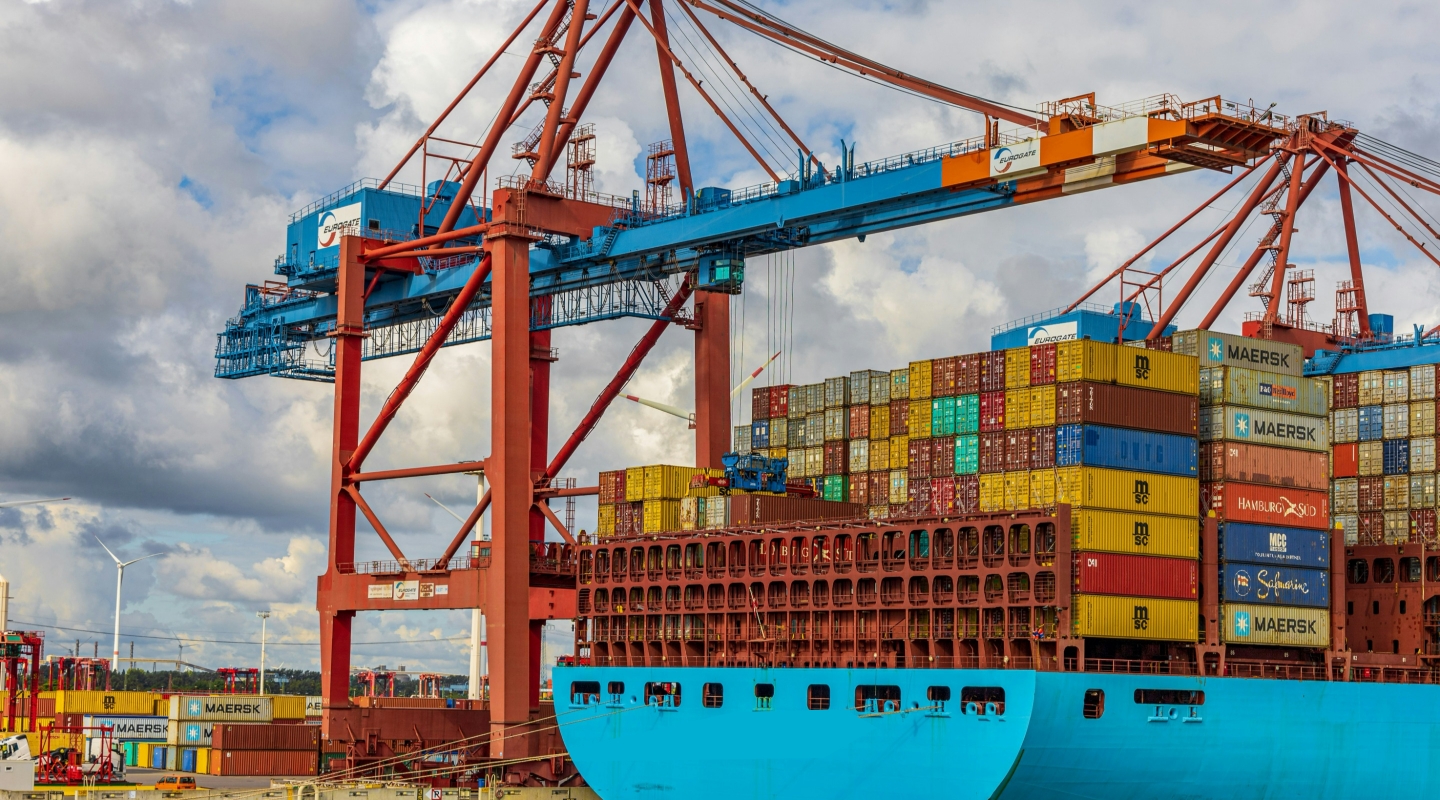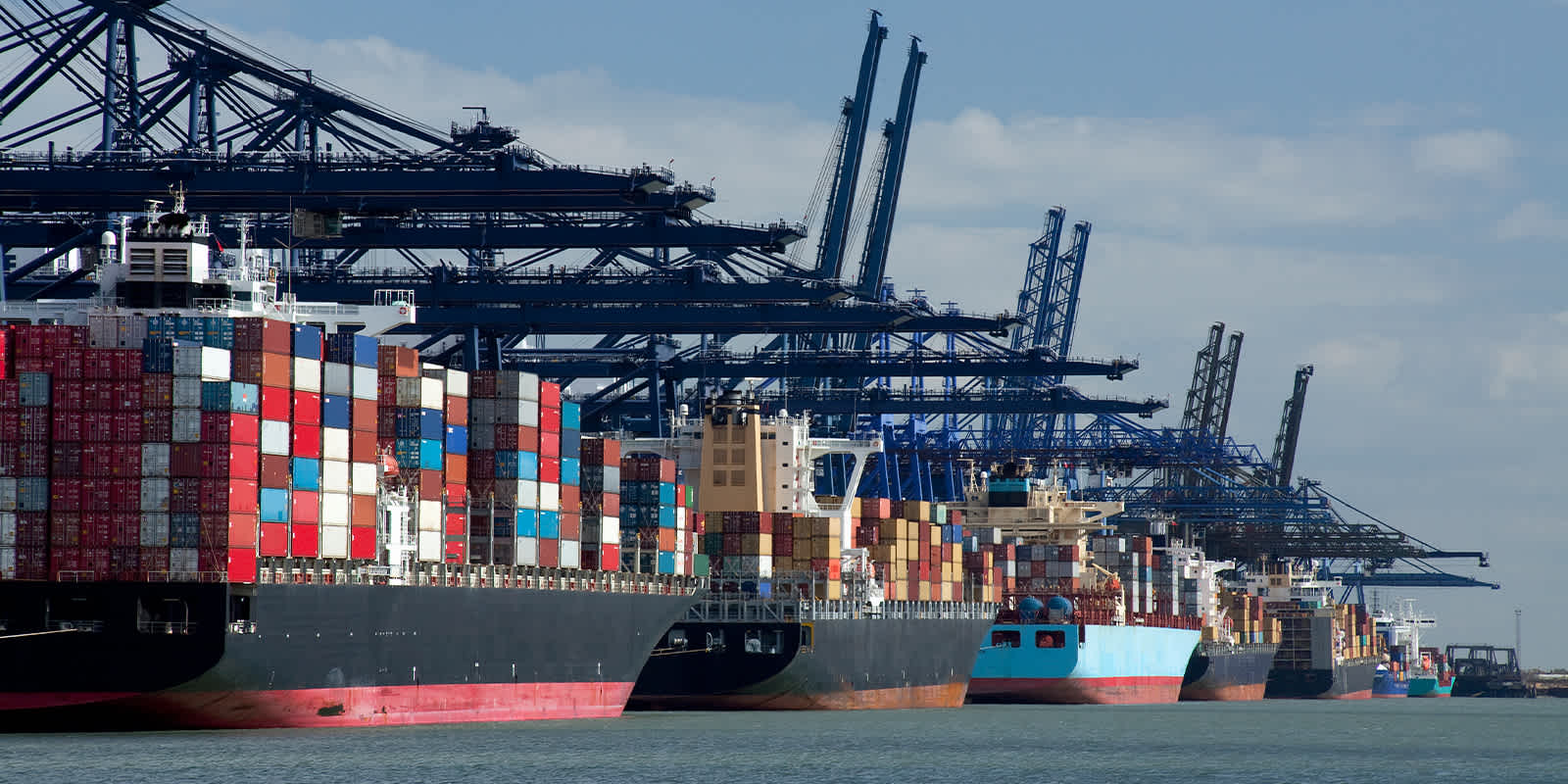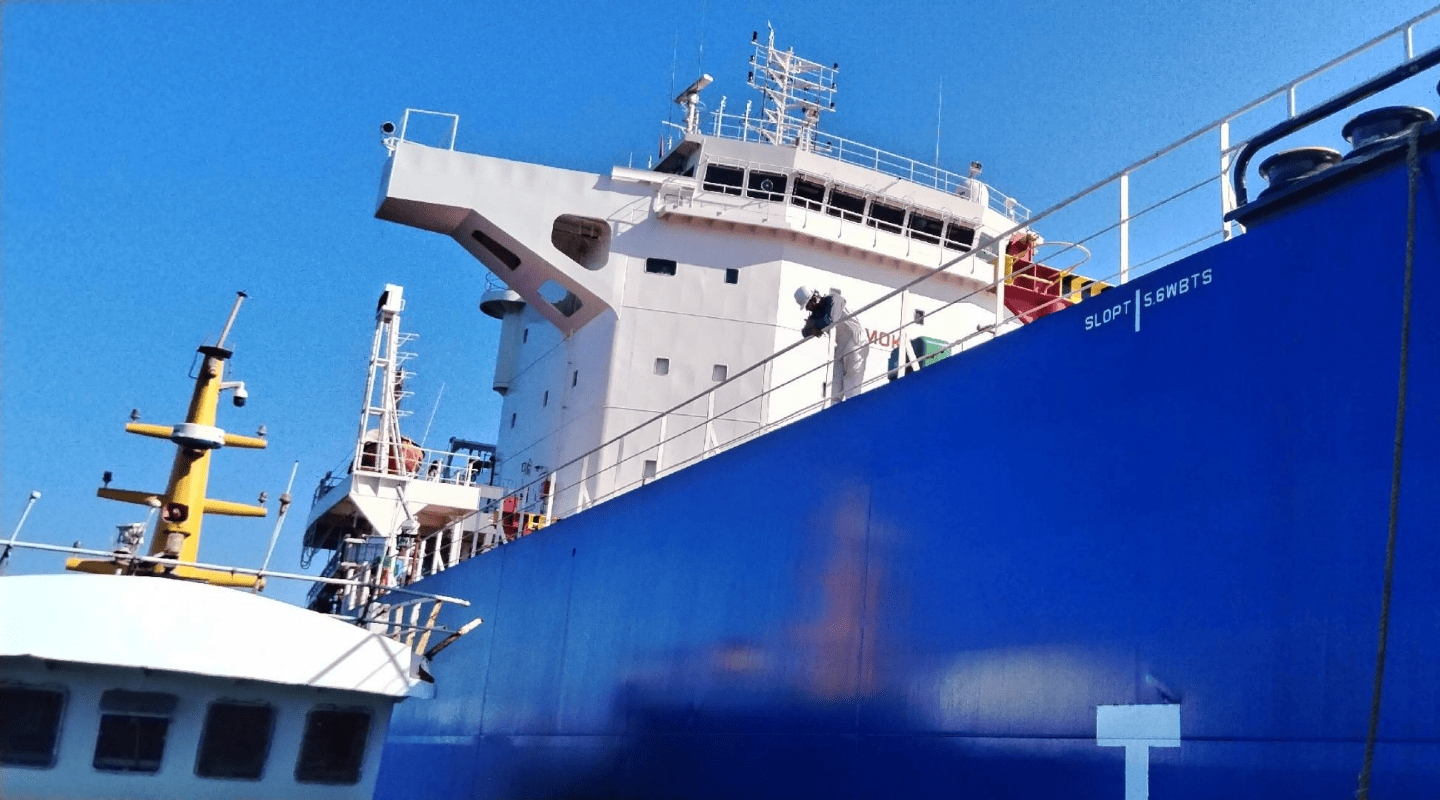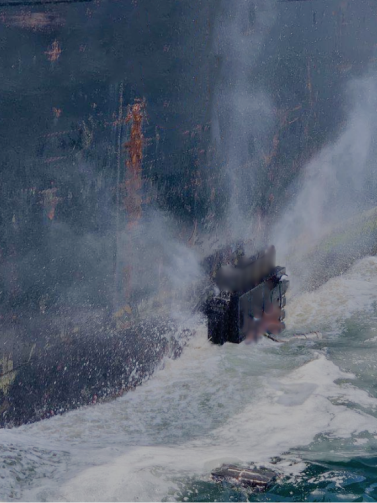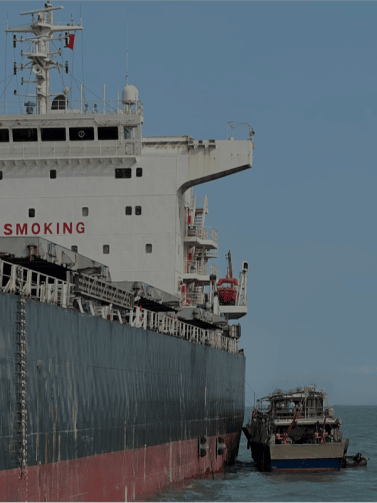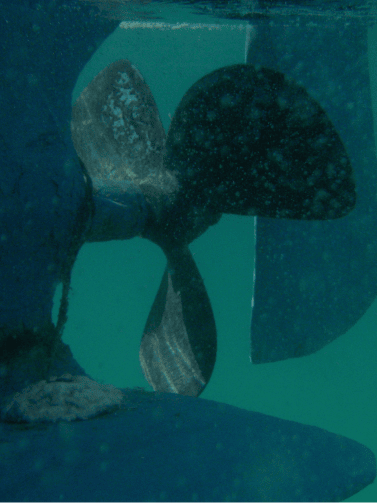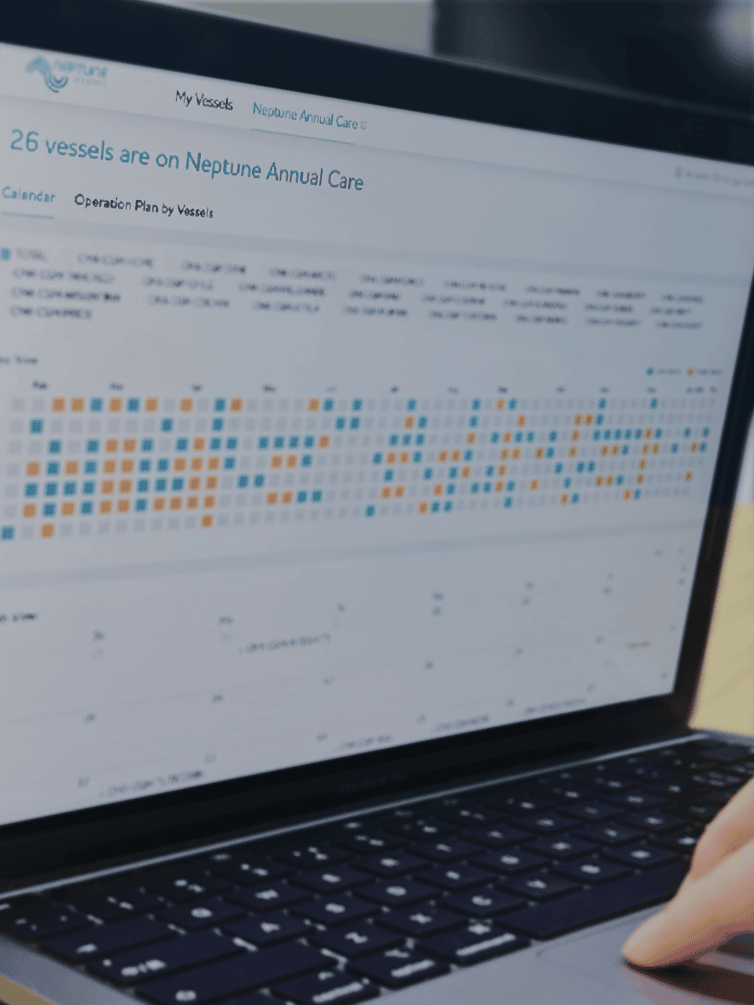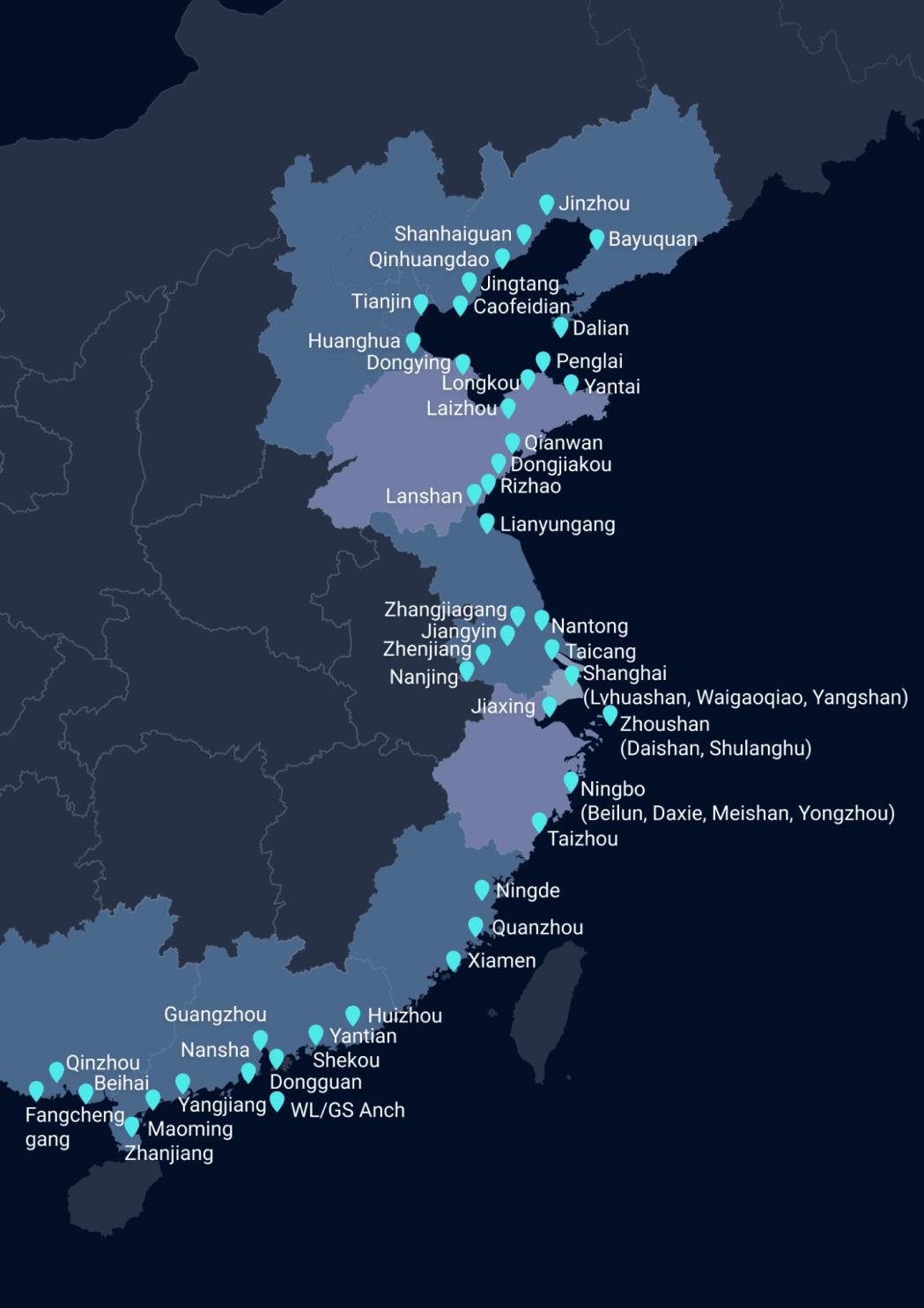The global trade downturn has hit the shipping industry hard. Due to reduced market demand, ocean freight rates have dropped to their lowest levels in two and a half years, with a large number of container ships ceasing operations.
Alphaliner data shows that by the end of February, the proportion of idle container ships at ports rose to 6.4%, three times the level of the same period last year. Many of these ships are concentrated in and around China, waiting for demand of the world’s second-largest economy rebounds so that fleets can set sail at any time.
However, idle ships that lack mobility are more likely to attach various marine organisms and layers of dirt. The risk of severe biofouling on the hulls is particularly extreme when ships are stationed in moderate or warm waters. For shipping companies, this means a new crisis is emerging…
01-Fuel consumption expenditure + carbon emission costsresulting in huge economic losses
Firstly, each layer of marine organisms accumulated on the hull represents a series of economic losses that shipping companies will have to bear in the future. These losses come from fuel consumption expenditure and carbon emission costs.
The attachment of marine organisms increases the weight of the ship, raises the roughness of the hull, and causes increased drag and fuel consumption. Compared to ships with clean hulls, vessels with moderate biofouling require 36% more fuel to achieve the same speed. This also directly leads to increased carbon emissions from ships. According to data from research conducted by IMO and Gofouling, if a thin layer of marine organisms (such as barnacles or tubeworms) is attached to the hull, carbon emissions can increase by up to 55%. Under the pressure of regulations like the IMO Carbon Intensity Indicator (CII) and the European Union’s Emission Trading System (EU ETS), this figure will have a significant impact on the operating conditions and costs of ships.
For idle ships, the rate of marine organism attachment will accelerate, and the severity of biofouling will increase. Once normal operations resume, the additional fuel costs and carbon taxes that shipowners, operators, or charterers must bear will be astronomical.
02-More troubles + bigger problemsaffecting shipping schedules and safety
Secondly, marine organism attachment on the hull can also create issues such as violating national regulations and damaging the performance of the ship. This leads to more inspections and even prohibition from entering ports, while also affecting navigation safety.
As marine organisms attached to ships travel across oceans, they pose a risk of biological invasion in new waters. In response, New Zealand and Australia have introduced hull cleaning regulations specifically for foreign ships. Earlier this year, several idle cruise ships, covered with a large amount of bioflouling, were denied entry to multiple ports in New Zealand and Australia.
Biofouling can also accumulate on critical ship equipment such as propellers and rudders, reducing propeller efficiency and affecting the normal operation of seawater cooling systems, depth sounders, log meters, and sonar, severely jeopardizing the safety of ship navigation.
03-Downturn cycle + carbon reduction pressureIt is important to plan ahead
It is evident that effective marine organism attachment management not only has significant advantages in achieving CII targets and reducing carbon taxes but can also avoid substantial unnecessary operating costs. This has been recognized by the IMO and is reflected in the 2016 Ship Energy Efficiency Management Plan (SEEMP) guidelines (MEPC.282(70) resolution).
Due to increasingly strict restrictions on paint components, expensive dry dock cleaning, inability of divers to work due to heavy wind and waves and low underwater visibility, the efficient and cost-effective approach of using underwater robots for hull cleaning to control marine organism attachment has been widely recognized within the industry.
Neptune Robotic Ship Inspection and Cleaning breaks through the limitations of water conditions, weather, and time, operating around the clock in ports and anchorages. The company thoroughly removes hull fouling without damaging the ship’s paint, providing pre- and post-cleaning inspection data and video documentation. They cover service points in North, East, and South China and have served hundreds of large vessels.
In the shipping industry’s downturn, with significant profit declines, it is crucial to plan ahead by regularly cleaning idle ships to avoid additional fuel/carbon costs and safety hazards when resuming operations. This will allow companies to face the increasingly fierce price wars and stringent environmental regulations with a stronger force.
